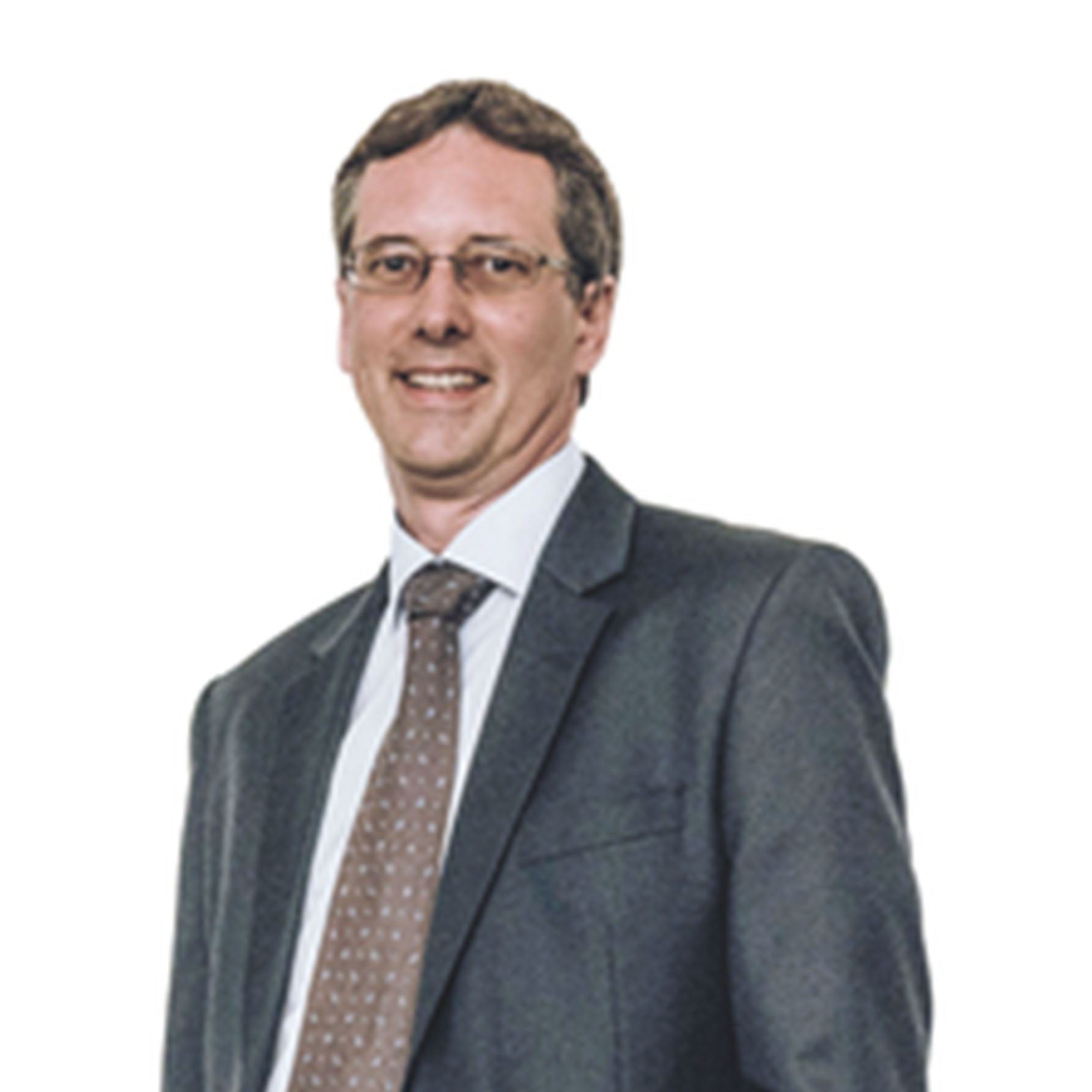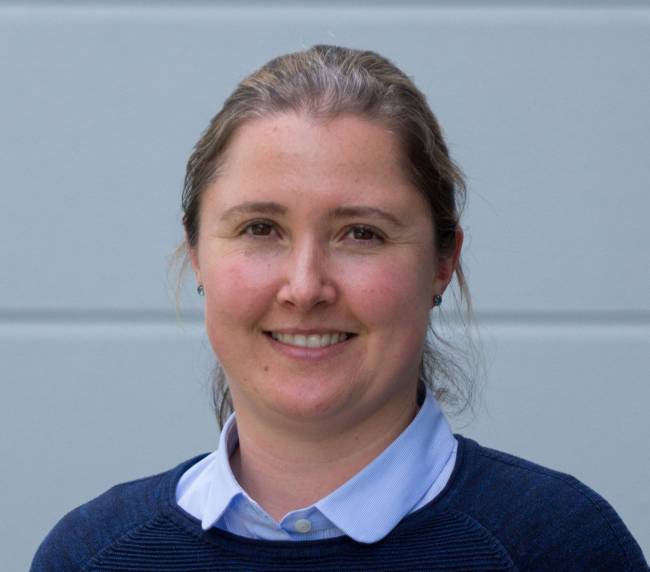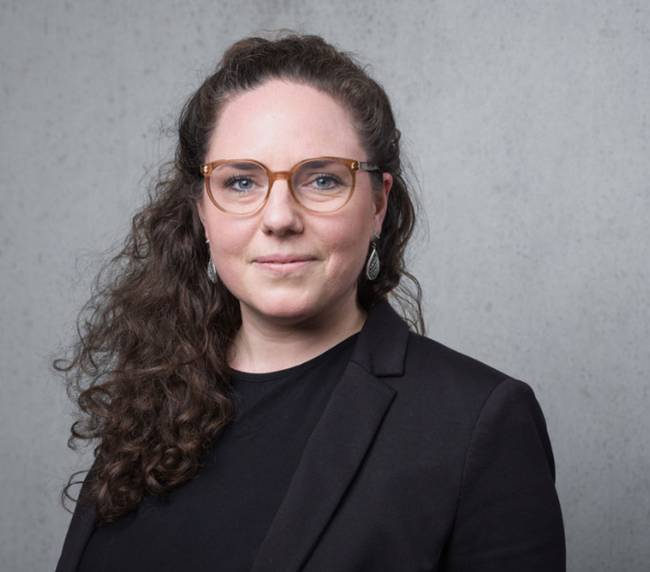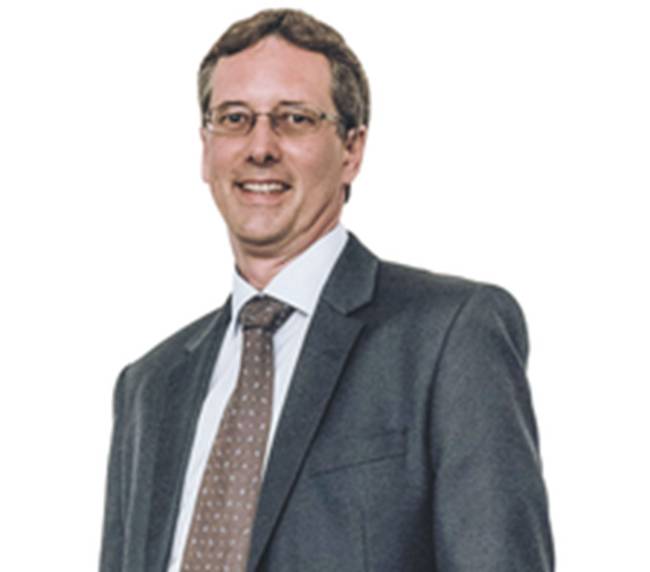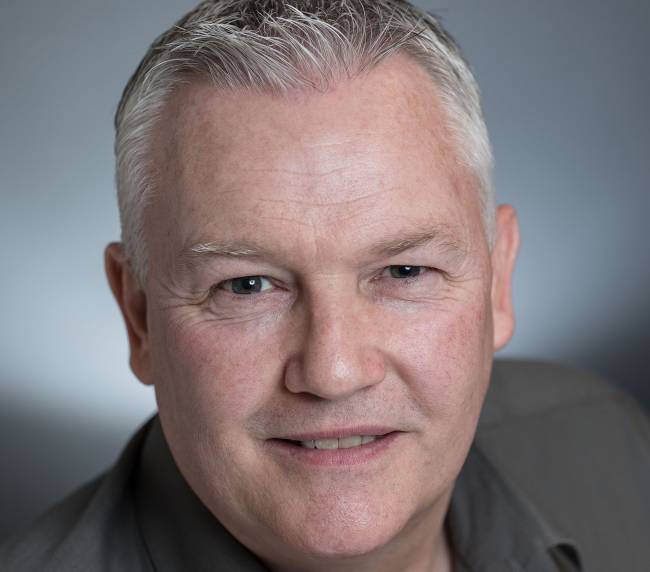- Could you briefly introduce yourself? Company background and role
My name is Stefan Dullstein, I am Senior Expert Aquaculture at The Linde Group.
My background is Process Engineering. After my studies, I worked on my PhD in processes for waste water treatment. I first joined Linde as an Application Engineer back in France, where I stayed 5 years working in water treatment. During that period, I already got involved in gas-liquid mass transfer processes. After that period in France, now 15 years ago, I joined the central team in the Research and Development Department of Linde. There, I first focused on waste water processes, and later I started to work on aquiculture – at the moment, I´m almost exclusively working in the aquiculture industry. I am part of the team which develops new products and new processes Linde offers to their customers.
Linde is an industrial gas company, our core products are industrial gases like oxygen, nitrogen, argon, or those specialty gases for analysis in laboratories. Basically, all industries have a need of watering production processes and/or gases. So there´s hardly any product that you can get without the involvement of gases and water. The company has 18000 employees globally and we are active in more than 100 countries.
Regarding the area where I´m working, aquiculture, it comes down to 30 countries globally as it is not present in every country. Aquiculture is a growing industry, for this reason we do focus more on the research and development area. We are able to provide to this market energy efficient systems, mainly to dissolve oxygen so that you can operate fish farms economically better and better.
Our customers in the aquiculture industry are demanding equipment which is highly efficient: oxygen is getting dissolved into the water, using as little energy as possible. We want to be able to create small gas bubbles, as small as possible. But when you don´t know how small they are you can´t improve that process or the design of the equipment. And that´s when SOPAT is getting involved. The SOPAT technology is capable of measuring the bubble size distribution directly inline where the bubbles have been created. This gives us a direct insight and very valuable information to improve our equipment.
The innovations are all in the field of gas dissolving equipment. The latest innovation was in the area of scale up. The aquiculture industry will grow exponentially and become larger and larger, so there´s a need to design the process for larger and larger pipes. We are talking about pipelines up to 800 or even 1000 mm in diameter. In order to proceed with these innovations, we also need the SOPAT probes.
We started working with SOPAT 2 years ago – the first measurements we did happened in September 2018 and we came across SOPAT via a former colleague that I met during my PhD. He is now a Professor in Hamburg for Multiphase Flow and he is using a probe from SOPAT for his applications. We were choosing SOPAT amongst other technologies because we are getting the images of gas bubbles and we can really see what is going on in the water compared to laser technologies where you just get the length of whatever you detect. In our case, you can encounter very funnily shaped bubbles or even particles, and you never know whether they are round or not. For us it is very crucial to see (and quantify) that and which challenges come with it.
We also liked the comparison you have between the raw image and the analyser. The software can say if it´s a bubble or a particle. Due to the challenging task, sometimes the software also fails and this is something we have been struggling with over the past year, especially when we dealt with very large bubbles being potato shaped. However, this is something we are covering right now in cooperation with you, so we are having meetings where we discuss how to improve SOPAT’s software capabilities based on what we are doing from our end providing images of bubbles, providing annotations for bubbles… We are on a very good track and I´m highly confident that we will get a solution shortly where we can continue to measure the more difficult bubble shapes. And another benefit from your technology is that all the measurements which we did in the past where the software failed are not lost because we can run the images we already have again using the new algorithm and then get a new interpretation of the measurements which have been done during the past 2 years.
For us, it is crucial to know how big the particles really are. Sometimes we also need to compare different technologies against each other. You can do two things when you are doing evaluation of gas dissolving equipment: you can take the equipment applied to a water tank, a pipeline or whatever and measure what has been dissolved.
But that typically depends on the trial set up and you may gain different results whether you run the trials on a small or a large pipeline; on a big or a small vessel, how is the vessel stirred and so on… and you will have always the same type of bubbles with the same technology regardless where and how you applied it.That makes it easier for us to compare different equipments from other suppliers such as new developments. This is also a reason why we have chosen your technology. Now it is easier to compare the different gas dissolving technologies that we are using. From now on, with the new software algorithm we are developing together with you, we can have a look again into what we have measured in the past and then still be able to compare the different technologies which are on the market.
How would you describe return on investment in SOPAT?
For us in the Research and Development area, it definitely pays off. We get a deeper and better understanding on how our equipment works. We also use other technologies which are complementary. What we are also using is a high-speed camera where we are able to shoot between 5 to 9k frames per second. But that´s complementary work which we are doing.
I wouldn´t be able to get the results and see the things I see If I wouldn´t have an optical measurement technology.
I really appreciate the support we get from SOPAT. We have purchased the support package, since a lot of the research we are doing is conducted by students doing both their Bachelor and/or their Master´s Thesis. Very often, these students need technical assistance and advice, and when asking to the SOPAT team, they get it, so they make a good use of the probe and the technology.
The Aquaculture segment is growing at least 5% a year, and the subsegment which is recirculation of aqua systems is growing even faster than that. There is a strong need for energy efficient equipment and there is a need for us to drive the development on that and ensuring it, and that is also why we need to use SOPAT, so we have a better understanding of it.
